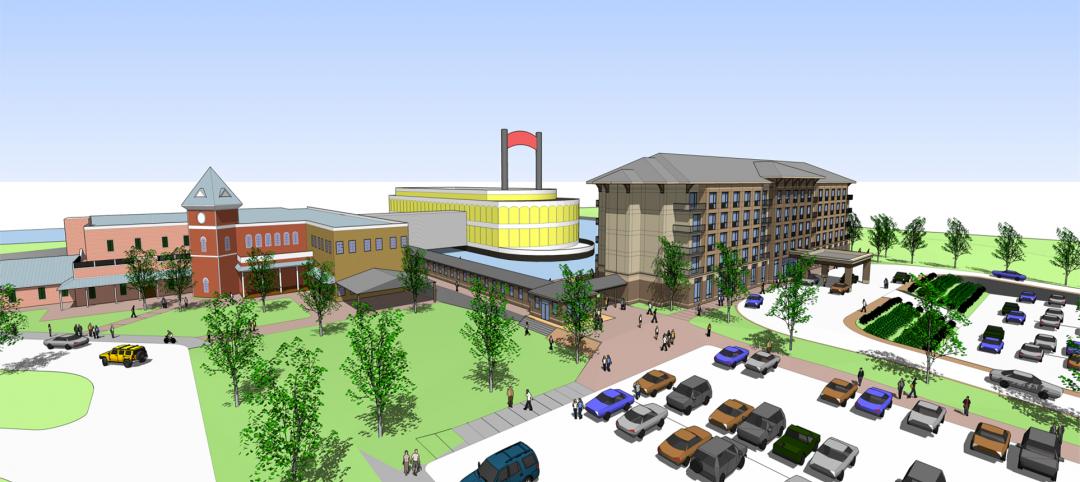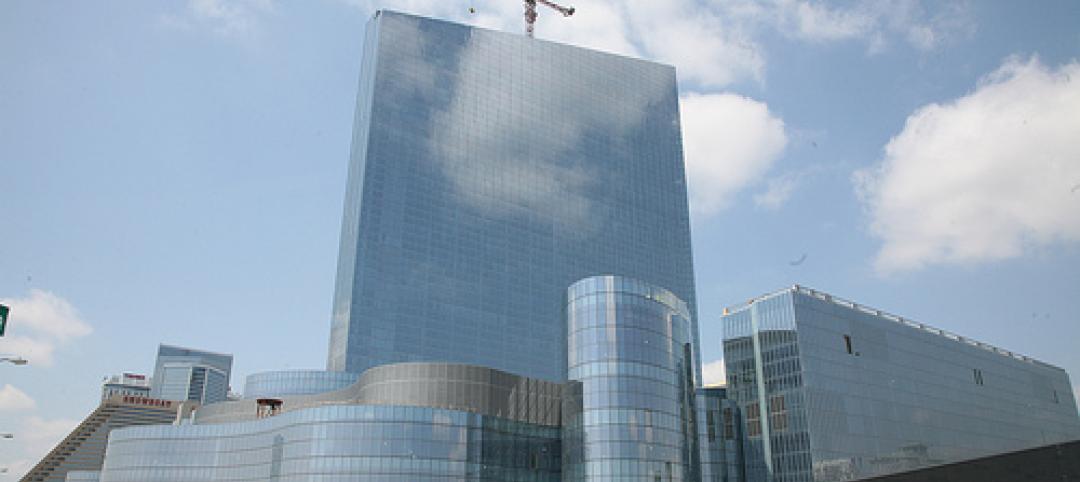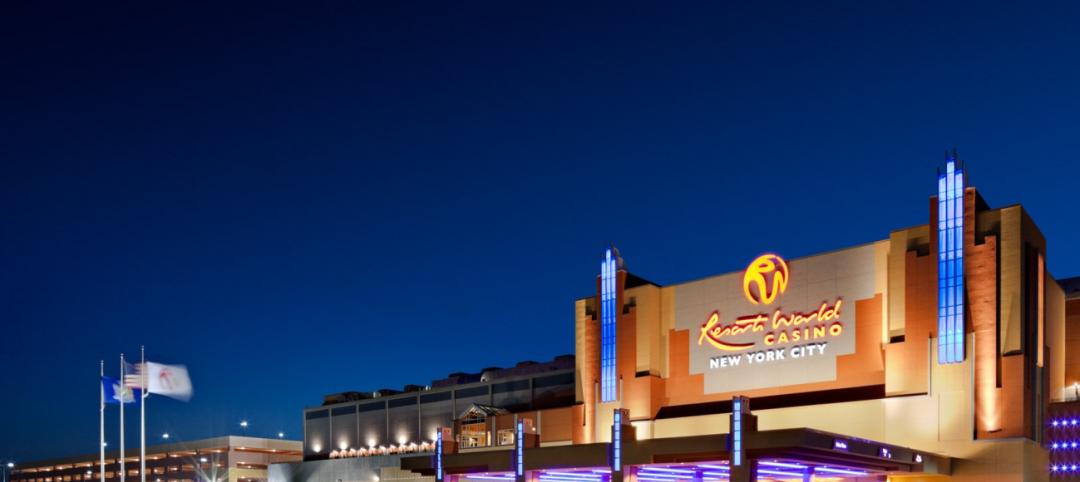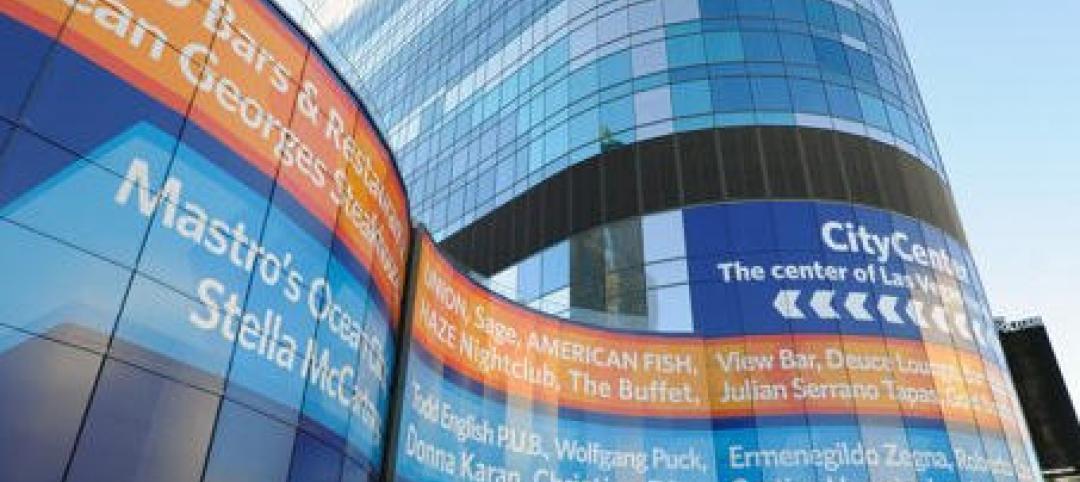When the Rocco Forte Collection opens the Verdura Golf & Spa Resort in Sicily in early 2009, the 200-room luxury property will be one of the world's newest lifestyle hotels.
Lifestyle hotels cater to guests seeking a heightened travel experience, which they deliver by offering distinctive—some would say avant-garde, or even outrageous—architecture, room design, amenities, and entertainment. In this respect, lifestyle hotels share some of the attributes of boutique hotels, but boutique hotels are usually smaller, independently owned one-offs, which is not necessarily the case with lifestyle hotels.
The outlook for lifestyle hotels is hot, according to a recent Ernst & Young report entitled “Global Hospitality Insights: Following the Lifestyle Trend.” They stand out in a competitive market that's based on sameness. Lifestyle hotels also command room price premiums within their respective markets and niches. According to E&Y, lifestyle hotels enjoyed a revenue-per-available-room annual growth rate of 22%, versus 10% for the overall hotel industry, from 2002 through 2007.
The report zooms in on eight global markets: the U.S., Asia, Europe, Latin America/Caribbean, India, the Middle East, Oceania, and Russia.
The U.S.—Land of Opportunity
Lifestyle hotels in the U.S. attract a broad range of travelers—not just hip 20-somethings—so the market is full of opportunity.
There are more than 400 lifestyle hotel properties in the U.S. Most are located in major cities in close proximity to shopping and entertainment. However, travelers are starting to look for alternative lodging outside major metropolitan areas and at different price points, so there's a growth in secondary markets.
These opportunities haven't gone unnoticed by some of the large, established hotel chains. Hyatt recently unveiled its Andaz lifestyle brands, and Marriott has launched Edition. Travelers' needs in the more affordable select-service segment are being met through Starwood's aloft and Intercontinental's Hotel Indigo brands. Many chains are creating consumer products exclusive to their lifestyle hotels and selling them to guests for domestic use.
At the high end of the lifestyle hotel market, hoteliers are partnering with high-fashion brands, such as Bulgari, Missoni, Versace, and Armani. In fact, these luxury lines are influencing lifestyle hotel trends not just in the U.S. but in Asia, Europe, Oceania, and Russia as well.
Asia—Fast Growth
Asia is home to some of the world's fastest-growing economies and some of the largest emerging markets (China, Southeast Asia), so there are many new markets in which to establish lifestyle brands—although it's not all that easy.
For one thing, Asia has long offered unique and unusual hotel architecture and high-tech accommodations where upscale travelers could find a heightened guest experience. Asian hotels also have a reputation for offering expert services in health, healing, spirituality, and relaxation techniques—concepts also now being marketed by some lifestyle hotels.
The region doesn't have a high concentration of lifestyle hotels, except for those run by a few established players, including Banyan Tree, Mandarin Oriental, Peninsula Hotels, and Shangri La. And while there is a massive number of existing hotels in Asia, large, established chains prefer to develop their three-, four-, and five-star brands before introducing lifestyle brands. Costs are also a major factor: Asian markets are some of the most expensive in the world for commercial real estate development.
Europe—Looking for Options
Lifestyle hotels are nothing new in western and central Europe, where they traditionally are luxury properties in major financial and fashion cities.
A significant number of Europe's lifestyle hotels are concentrated in Italy and the United Kingdom, but travelers are looking for more options in terms of price and location. As a result, lifestyle hotels are increasingly desired in secondary markets with a cultural flair and a wisp of adventure, such as Belgium, Norway, and Switzerland. Geographical diversity is expected to account for significant growth in lifestyle hotels throughout Europe, says the E&Y report.
As in the U.S., partnerships with consumer brands are opening the doors to many lifestyle hotels. Volkswagen has paired with Hotel Fox in Copenhagen, and the 110-room Hard Days Night Hotel opened in Liverpool earlier this year with, of course, a Beatles theme.
Latin America/Caribbean—Slower Pace
Cities in Latin American are still maturing into major tourist destinations, and they don't have a huge supply of guest rooms. As a result, the lifestyle hotel segment is growing at a much slower pace there than in the U.S. and European markets, although demand is expected to increase over the next three to four years as the region grows in popularity.
Significant opportunities can be found in mature, urban markets, such as Mexico City, São Paulo, and Panama City. Hotels in the Panamanian capital have been enjoying double-digit rate increases and significant occupancy growth. The greatest opportunities are in the select-service and mid-scale segments.
Lifestyle hotels are also expected to do well in such Caribbean destinations as St. John and the U.S. Virgin Islands. Lifestyle hotel trends in resort destinations are moving away from a single, specific experience (beach resort, spa retreat) and into design-driven total environments. In both urban and resort locations, the emphasis is on clean, modern architecture.
However, the region lacks local firms to open and operate lifestyle hotels, so growth is expected to come from foreign operators. And in the Caribbean, developers are opening mixed-use resorts with a significant residential component that cater to retirees and make it increasingly difficult for lifestyle hotels to compete.
India—Ready for Growth
The Indian market is ripe for lifestyle hotels. The subcontinent is experiencing strong economic growth, increased lodging demand, and more discerning travelers looking for a “Royal Indian” experience.
The country already has a share of lifestyle hotels, most of them concentrated in major cities (Bangalore, Mumbai, New Delhi) and in resort regions (Goa, Jaipur). While domestic hotel firms will continue to expand their offerings, significant growth in the lifestyle hotel segment should come from foreign hotel firms; it's estimated that India will be host to 40 international hotel brands by 2011.
As is true elsewhere, hotels that partner with high-end fashion brands are expected to account for many new lifestyle hotels, with Armani planning to enter the Indian market in the near future. Another market where lifestyle hotels are expected to grow: spas. Luxury properties offering health and wellness features addressing the mind, body, and soul (either with traditional Indian healthcare of Ayurveda or a fusion of the traditional with Western concepts) will continue to attract travelers.
Middle East—Unique Cultural Issues
What an unusual market. The Middle East has so much money and so many restrictions. Until recently, lifestyle hotels have been virtually nonexistent in the region, and while the segment is still in its infancy, rising oil prices, increased purchasing power, and demand for luxury properties are growing the market.
Here, too, lifestyle hotels are linking up with luxury labels, including Versace and Missoni. The first Armani Hotel is expected to open in 2009 in Burj Dubai, which will be the world's tallest building upon completion.
Another major trend influencing lifestyle hotels: Islamic culture. Two years ago, Kempinski Hotels launched the Shaza Hotel brand: no alcohol is served, but guests and visitors can get drunk on the elaborate showcase of Islamic art. All Shaza hotels are LEED certified, too.
A huge step forward in Middle East hostelry came earlier this year with the opening of Luthan Hotel & Spa, outside Riyadh. The Luthan caters exclusively to female travelers. Previously, women in Saudi Arabia could not book hotel rooms or stay in a hotel without being accompanied by a male.
Oceania—Positive Outlook
Traditionally, hotels in Oceania (Australia, New Zealand, and Fiji) have had specific themes: beach resorts or country lodges, for example. Today's globe trotters expect more diverse lodging options—brands, types of available rooms, and services—in both urban and resort markets, which leads to increased lifestyle hotel options.
Hot markets are Sydney and Melbourne, with secondary urban centers such as Canberra and Brisbane now starting to demand lifestyle hotels.
Breaking into the market can be difficult because it can be hard to secure financing. Operating costs also remain high (wages typically account for 30% of a hotel's annual costs). Land costs are very high, which might account for one of the hottest trends in the lifestyle segment: the conversion of older hotels into lifestyle properties.
The region's economies look positive for the short to medium term, with domestic travel going strong. What could prove worrisome could be the strength of the Australian dollar, which may diminish Australia as an attractive travel destination.
Russia—Looking to the West
The Russian hospitality market is still in its infancy, but it's poised for growth and is expected to look to the West for ideas and trends.
Currently, Rocco Forte's Hotel Astoria in St. Petersburg is the country's only lifestyle hotel; a second lifestyle property will open in St. Petersburg in 2009 as part of Starwood's W portfolio.
Currently, Communist-era relics account for most of the country's hotels, and there aren't too many of those. The entire country only has around 48,000 hotel rooms. Only 7,000-8,000 of the hotel rooms in all of Moscow are considered up to international standards.
Demand for lifestyle hotels is being driven not just by foreign travelers, but also by jet-set Russians who want the same lodging options back in Mother Russia that they enjoy outside the country. Moreover, Russia's nouveau riche have developed a passion for luxury brands, and hotels that partner with the top fashion labels will be most welcome.
Most of the growth is concentrated in Moscow and St. Petersburg, but Ernst & Young sees oil-rich Siberia poised for growth within a few years.
Related Stories
| Jul 24, 2012
$20 Million expansion at New Orleans casino announced
150-room hotel project to include suites, fitness center, and meeting space.
| Jun 1, 2012
New BD+C University Course on Insulated Metal Panels available
By completing this course, you earn 1.0 HSW/SD AIA Learning Units.
| May 29, 2012
Reconstruction Awards Entry Information
Download a PDF of the Entry Information at the bottom of this page.
| May 24, 2012
2012 Reconstruction Awards Entry Form
Download a PDF of the Entry Form at the bottom of this page.
| May 9, 2012
Tishman delivers Revel six weeks early
Revel stands more than 730 feet tall, consists of over 6.3 milliont--sf of space, and is enclosed by 836,762-sf of glass.
| Apr 4, 2012
JCJ Architecture designs New York City's first casino
Aqueduct Racetrack complex transformed into modern entertainment destination.
| Mar 14, 2012
Hearing to decide fate of unfinished Harmon in Las Vegas under way
The testimony began with CityCenter consulting engineer Chukwuma Ekwueme methodically showing photo after photo of parts of the Harmon, where he and his team had chipped away the concrete pillars and beams to examine the steel reinforcing bars inside.
| Nov 28, 2011
Leo A Daly and McCarthy Building complete Casino Del Sol expansion in Tucson, Ariz.
Firms partner with Pascua Yaqui Tribe to bring new $130 million Hotel, Spa & Convention Center to the Tucson, Ariz., community.
| Jan 19, 2011
San Diego casino renovations upgrade gaming and entertainment
The Sycuan Casino in San Diego will get an update with a $27 million, 245,000-sf renovation. Hnedak Bobo Group, Memphis, Tenn., and Cleo Design, Las Vegas, drew design inspiration from the historic culture of the Sycuan tribe and the desert landscape, creating a more open space with better circulation. Renovation highlights include a new “waterless” water entry feature and new sports bar and grill, plus updates to gaming, poker, off-track-betting, retail, and bingo areas. The local office of San Francisco-based Swinerton Builders will provide construction services.














